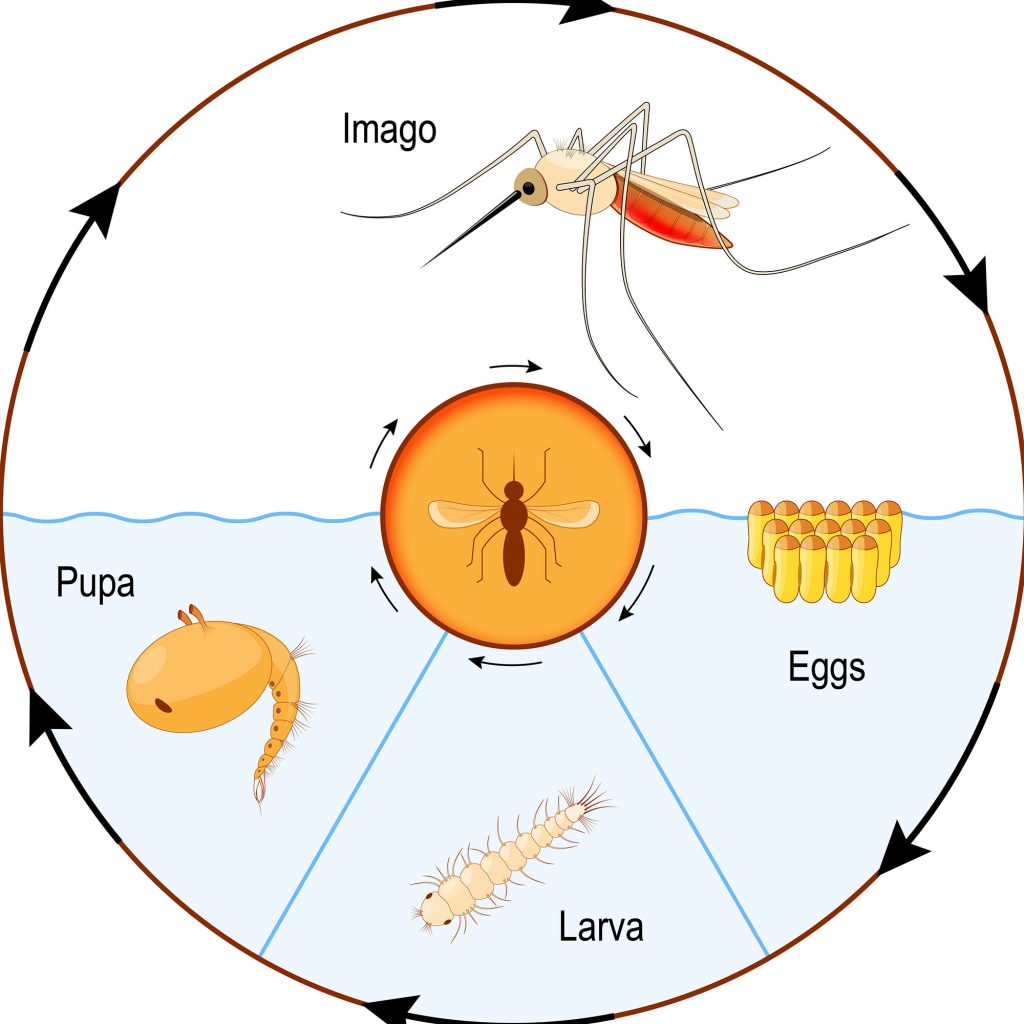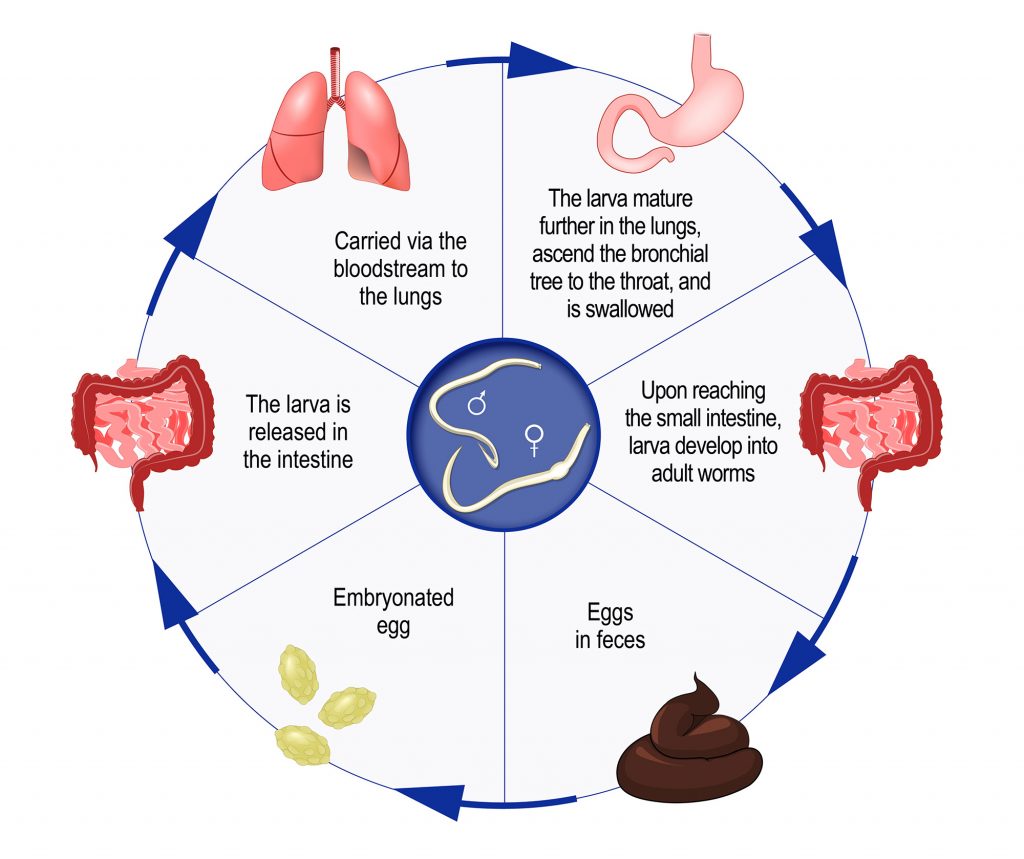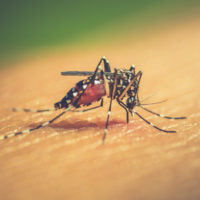
Vectors & Parasites Significant Animal Threats to Human Health


Vectors & Parasites Objectives
-
Describe the impact of vectors on humans, including the life cycle and disease transmission capabilities of mosquito species.
-
Explain how approximately one-third of humans have become infected with worms, including worm life cycles and impacts.
This is the final guide of the course. There is no quiz, but there are three assignments to upload to Canvas by Friday evening of this week: two journal pages and evidence that you have compiled all 16 of your journal pages from these four weeks into a completed journal.
Information on all three of these assignments is provided over the next two pages.
For the first journal page, you will be developing a management statement regarding mosquito vectors and intestinal worms based on what you learn on this webpage.

A vector is an animal that can transmit an infectious pathogen, like viruses or bacteria, to humans. If a dog bit a human and incidentally transmitted the virus that causes rabies, then that dog would be a vector. However, the most common vectors are arthropods.
This video provides an overview of the significance of arthropod vectors.
Intestinal Worms

Approximately two billion people on Earth are infected with worms. The number is staggering. Clearly these worms are not typically lethal, or we would have heard of these numbers before. However, worms often reside in the intestines, stealing nutrients away from their human hosts. This section introduces parasitic worms and their impact on humans.
Just to clarify: most worm species are not harmful to humans, some species are beneficial like earthworms. These Planaria flatworms are commonly found in freshwater where they are omnivores and are eaten by larger carnivores. Those big eyespots detect light and are one of their most recognizable features. We keep them as pets.
Back to the parasites.
This video shows how humans become infected, how large the worms get, and their impact on the human population.
It’s time to see real worm specimens, including tapeworms and Ascaris roundworms
Note: some of these worms can be disturbing. If you have had a cat or dog with worms, you know what we are talking about.

The larvae of Ascaris roundworm can leave the intestines, travel though blood vessels in the lungs, move up the trachea (windpipe) and get swallowed, re-entering the intestines to grow into adults. All grotesqueness of this aside, the lung migratory stage is particularly dangerous for people who may already have lung damage from Tuberculosis (TB) and other diseases. Researchers have noted that there are fewer “lung migrators” in some populations of Ascaris.
A hypothesis is that intestinal worms are co-evolving with our species to become less deadly. The last thing intestinal worms need to do is kill their host where they feed, grow, and breed, releasing eggs with fecal material. Fewer lung migrating worms may improve worm fitness, and be less dangerous to humans.

Organisms can parasitize other parts of the human body, but it is the intestinal worms that impact the largest number of humans. Chemicals that damage the worms are also often hard on the human hosts.
Journal Assignment #15 (due Friday)
Journal Page #15: Parasite Management
Now that the world is battling SARS-CoV-2, there is great concern that funding will drop related to research of other infectious diseases. You have been hired as the Director of Infectious Disease Research at the CDC (centers for disease control & prevention) and need to write a statement on why money should be put towards research on managing mosquitos and intestinal worms. Include arguments you may have, possibly including the potential impact of these animals on humans.

From what you have learned on this page and/or your own experiences, submit a journal page with two paragraphs:
-
one paragraph describing why research should be funded on managing mosquito vector populations.
-
one paragraph describing why research should be funded on managing intestinal worm populations.
Note: if you feel the research should not be funded for either of these, provide a compelling argument that shows that you have an understanding of the impact of these animals, but have alternate uses for the funding.
The next page introduces beneficial animals, and how to find reliable sources of animals news.

Check your knowledge. Can you:
-
describe the impact of vectors on humans, including the life cycle and disease transmission capabilities of mosquito species?
-
explain how approximately one-third of humans have become infected with worms, including worm life cycles and impacts?
Animal News Guide Contents
Complete both sections before submitting your two journal pages and compiled journal.


